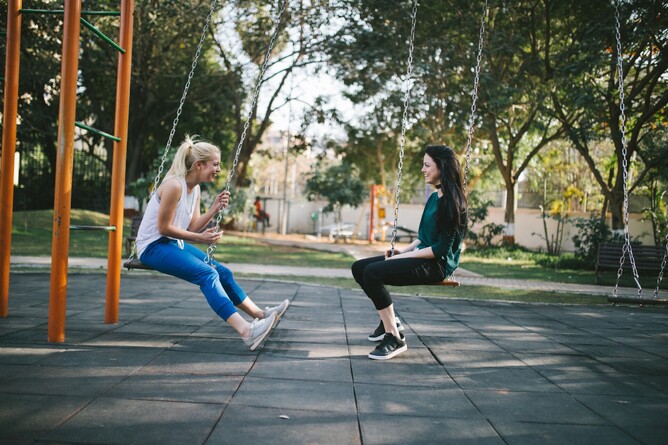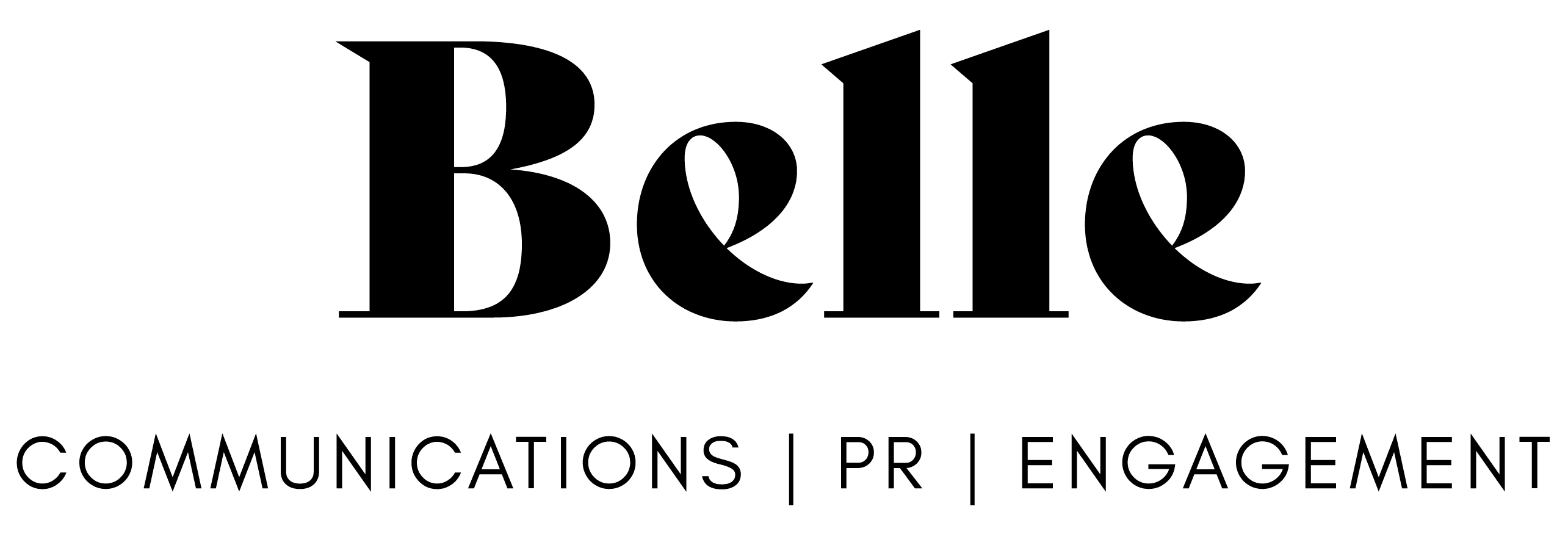How much of your day did you spend listening?
Maybe it’s just me, but it seems like in the fast paced, busy, high stress world we’re living in, we’re spending less time listening to each other. We simply love talking. We often call it ‘information sharing’ to make it sound better, especially in communications and public relations.
Yet I can’t recall a time when I thought, ‘gosh, I love it so much when people talk at me.’
Listening is one of the single most important tools we have in the communication toolkit. I read an article in Forbes recently which said genuine listening has become a rare gift—the gift of time. This is so true, and perhaps it’s time we adopted a 50:50 balance of listening and speaking when communicating with other people. In the end, that’s what authentic engagement is all about, isn't it?
Listening helps build relationships, build trust, problem solve, create better understanding, and provide clarity. Listening also gives insight into the thoughts, feelings and behaviours of the other person. Listening can save you from damaging relationships and making critical mistakes.
Here are some principles to follow:
Listen first. Then speak.
Stop talking. Don’t interrupt, don’t talk over someone, and don’t finish their sentences. Basically, don’t be that person.
Be attentive, but relaxed.
Be present, pay attention and block out distractions.
Don’t jump to conclusions.
Keep an open mind to retain your effectiveness as a listener. Be patient and give them time to get their thoughts and feelings out through words.
Help to make the speaker feel comfortable.
Be aware of your body language. Nod and use other gestures for encouragement when appropriate. Maintain eye contact to show you’re listening and understanding what they are saying.
Be empathetic.
Try to look at the situation from the other person’s perspective. Put yourself in their shoes. Empathy is at the core of great listening.
Use nonverbal cues.
Words only convey part of the conversation. Pay attention to nonverbal cues like facial expressions, gestures, tone of voice and body language, which will provide you with even more information.

